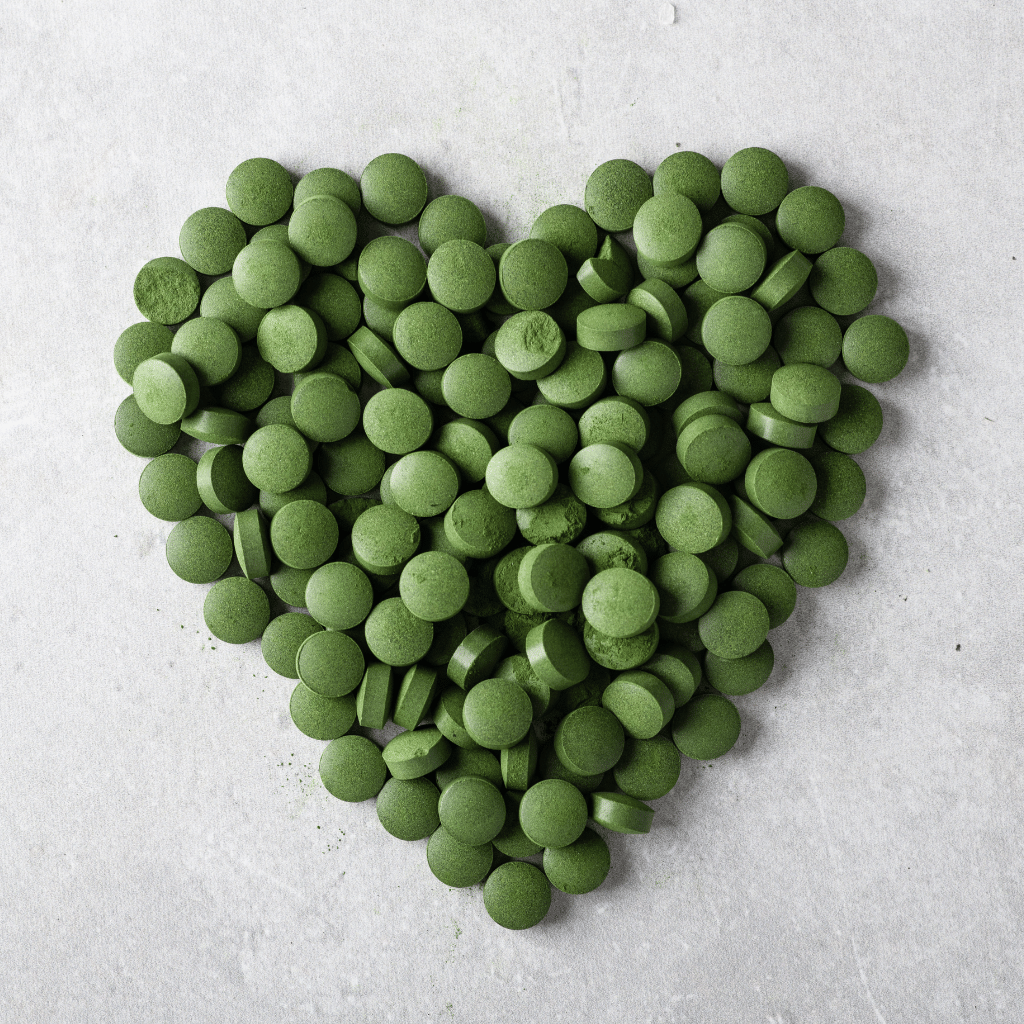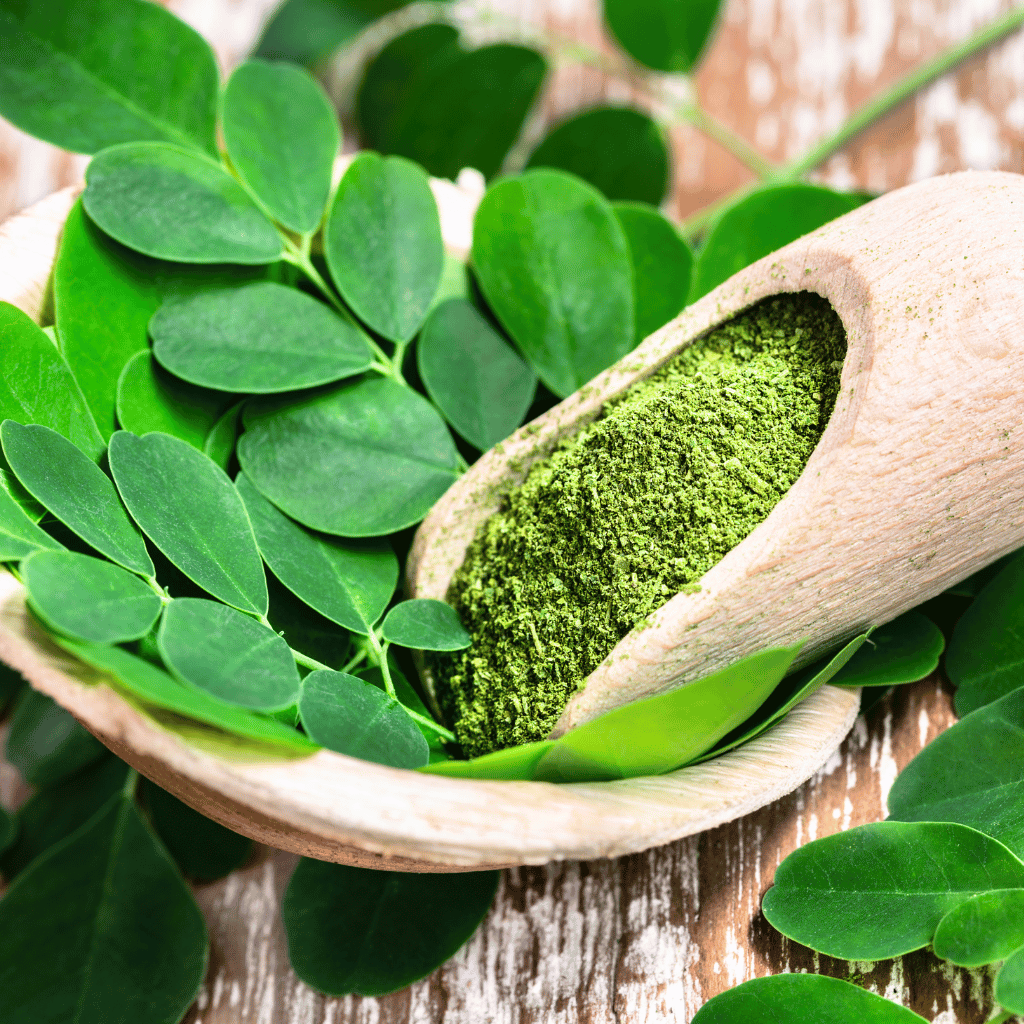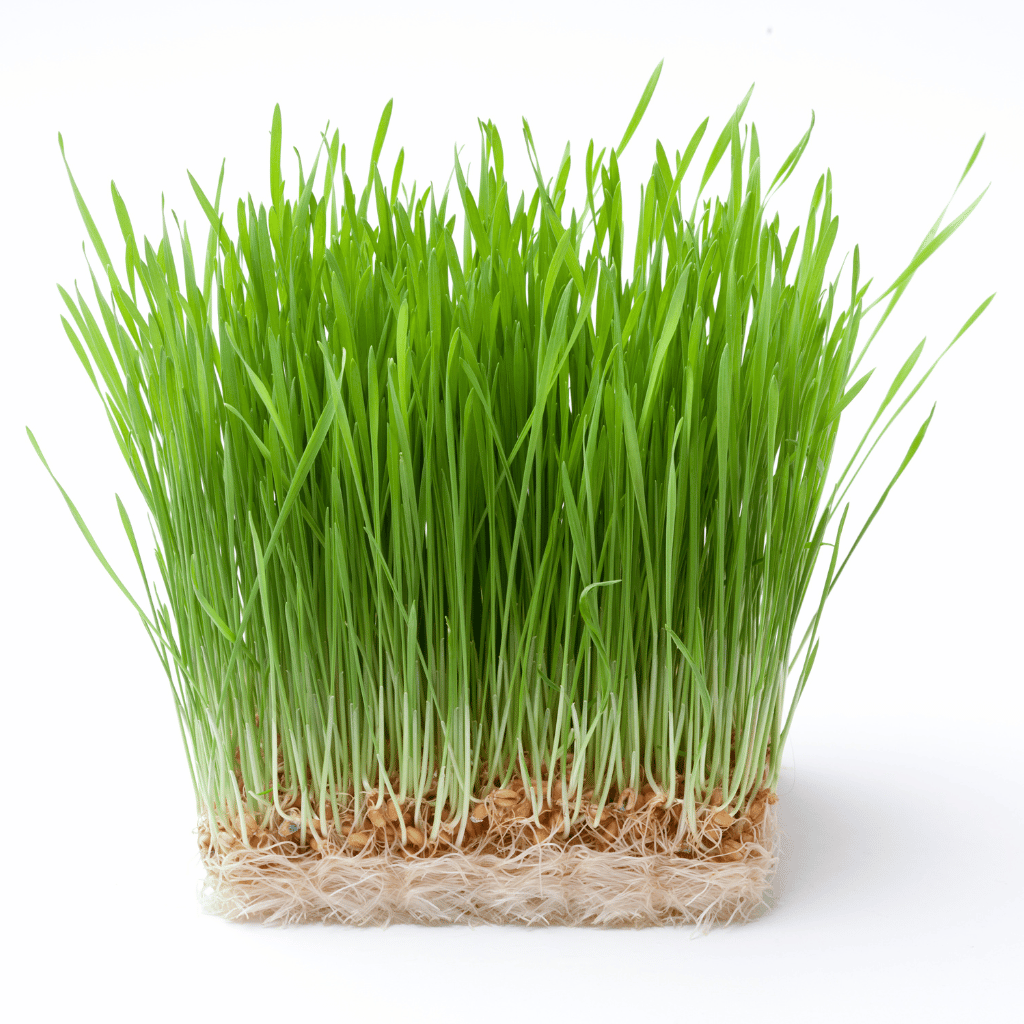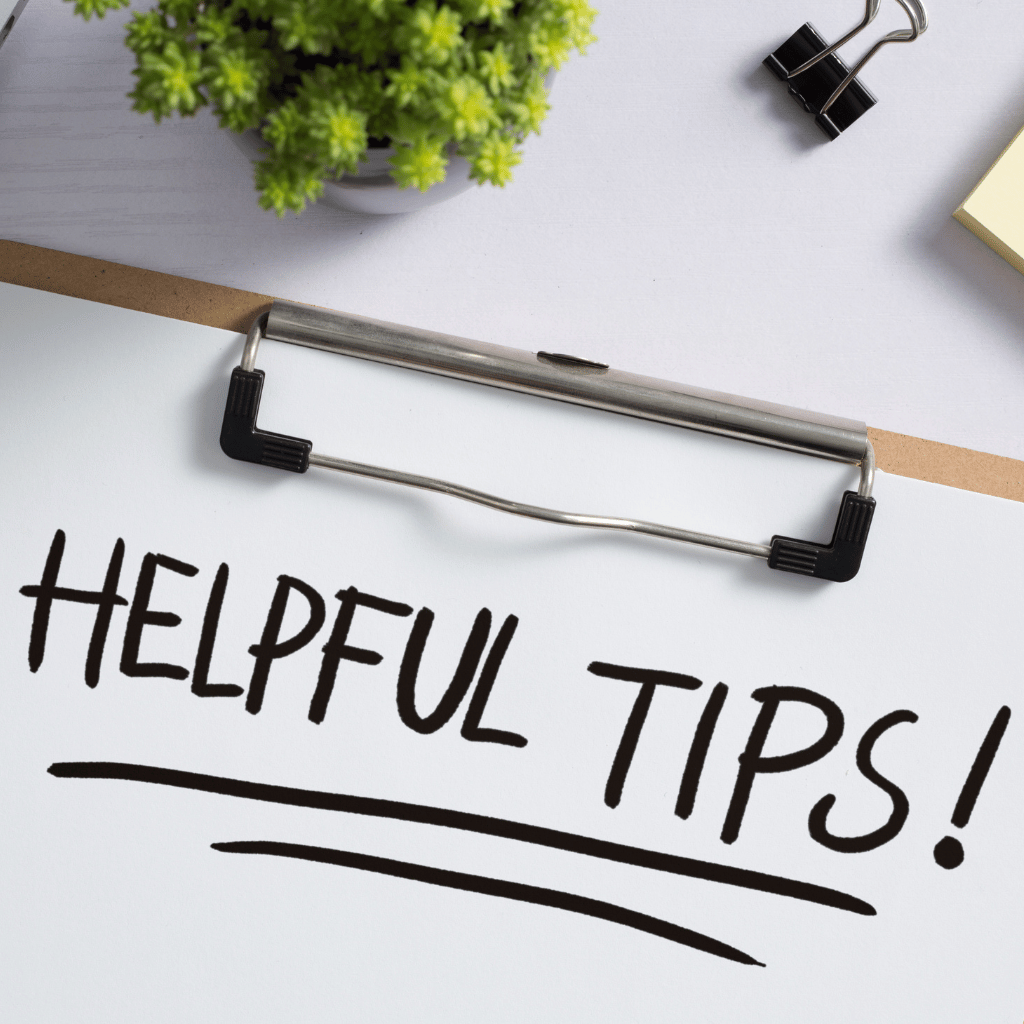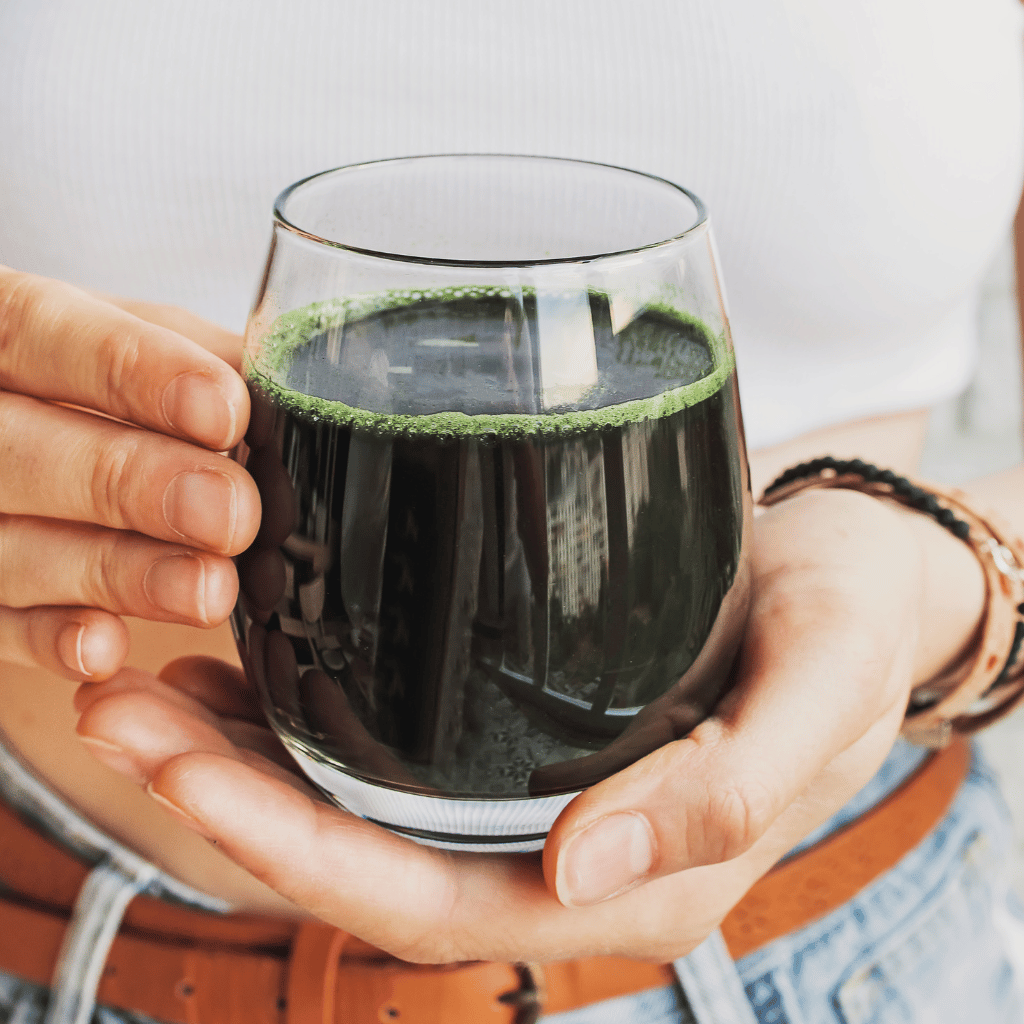My Low Iron Story: The Best Supergreens for Energy
In this article, I share my own experience of discovering low iron on the Bioresonance machine — and how it explained the dizziness and fatigue I’d been feeling. That journey led me to explore the best natural sources of iron, superficially plant-based Supergreens.
We’ll dive into why iron (and ferritin) matter so much for your energy, how Moringa, Spirulina, Chlorella and Wheatgrass compare, and practical ways to bring your levels back into balance.
If you’ve ever struggled with fatigue, brain fog, brittle nails or restless sleep, this guide will help you see whether iron could be part of the picture — and how simple, natural changes can make a real difference.
Why Iron Matters So Much
An overview
Iron is one of the body’s most vital minerals. It sits at the heart of hemoglobin, the protein that carries oxygen in red blood cells. Without enough iron, oxygen delivery falters — leaving us tired, foggy, dizzy, and struggling to recover from even the smallest exertion.
It also underpins:
️⚡️Energy levels – fuelling mitochondria (your cellular “powerhouses”)
🧠 Brain function – concentration, focus, memory
🛡 Immune support – iron helps white blood cells fight off infection
😴 Sleep quality – low ferritin is linked to restless legs and poor sleep
💅 Hair, skin & nails – deficiency can lead to thinning hair, brittle nails and pale skin
For women who menstruate, vegans/vegetarians, and those with digestive issues, iron deficiency is especially common. And sometimes, it’s not just serum iron that matters — ferritin (iron storage) can drop first, causing fatigue long before a blood test flags anaemia.
My Experience
my low iron story
Recently, my own machine picked up signs of low iron. Suddenly, the dizziness and fatigue I’d been feeling made sense.
I shared in my Instagram reel how I swapped my usual wheatgrass shot for Moringa — and immediately felt a difference. At the time, I thought Moringa was the richest plant source of iron. It’s nearly 10× higher in iron than wheatgrass. But through further research, I discovered something even more powerful: Chlorella actually tops the chart for plant iron.
This set me on a journey to dig deeper into how these supergreens compare, and why they’re so valuable not only for iron but also for immunity, energy, and sleep.
Iron-Rich Greens
Chlorella | Moringa | Spirulina | Wheatgrass
When it comes to plant-based iron, not all greens are equal. Here’s how four of the most popular powders stack up (per 100 g dried):
1. Chlorella
40–60 mg iron → one of the richest plant sources, ranks the highest out of the four supergreens. Chlorella is also a powerful detoxifier and source of vitamin B12 (helpful for vegans).
2. Moringa
Moringa: 28–30 mg iron → nearly 10× higher than wheatgrass, also rich in vitamin A, calcium, magnesium and antioxidants.
3. Spirulina
Spirulina: 25–28 mg iron → highly bioavailable, also a complete protein with B vitamins, immune-enhancing polysaccharides, and anti-inflammatory compounds.
4. Wheatgrass
Wheatgrass: 2–4 mg iron → much lower than the others, but still offers chlorophyll, enzymes and alkalising minerals.
Absorption Tips
> Take with vitamin C–rich foods/veg (like peppers, parsley, sauerkraut) to boost iron absorption.
> Avoid taking alongside tea, coffee, or calcium-rich foods, which block iron uptake.
> Rotate or combine powders depending on your needs — for example, Moringa for energy and minerals, Chlorella for detox, Spirulina for protein and immune health.
Who Might Benefit Most from Plant Iron?
vegans | menstruating women | high cholesterol
While red meat is still the richest source of heme iron (the most easily absorbed form), there are many reasons to lean more into greens like Moringa, Spirulina, and Chlorella:
Vegans & vegetarians – no heme iron from animal foods, so plant sources become even more important.
Menstruating women – monthly losses mean topping up from both heme and non-heme sources helps protect energy.
Those with high cholesterol or cardiovascular concerns – these supergreens offer iron plus antioxidants and cholesterol-balancing benefits, making them a gentler alternative to relying solely on red meat.
In my experience, the best results often come from a blend of both:
Heme iron from foods like beef or lamb → quick to absorb, directly replenishes circulating iron.
Non-heme iron from greens like Moringa, Spirulina & Chlorella → builds storage, brings immune, detox & anti-inflammatory benefits.
Final Thoughts
Iron is essential — but it’s not just about numbers on a test. If you’re experiencing fatigue, dizziness, poor sleep, or brittle nails, it may be worth exploring not just iron but also ferritin levels.
Nature provides some powerful plant allies: Moringa, Spirulina, Chlorella, and Wheatgrass. Each supports iron intake while also offering unique benefits for immunity, detox, and overall vitality.
For me, swapping wheatgrass for Moringa has been a game-changer in rebuilding my energy. And for many, combining these greens with sensible amounts of heme iron can offer the best of both worlds.
Which of these supergreens have you tried — and did you notice a difference in your energy?

